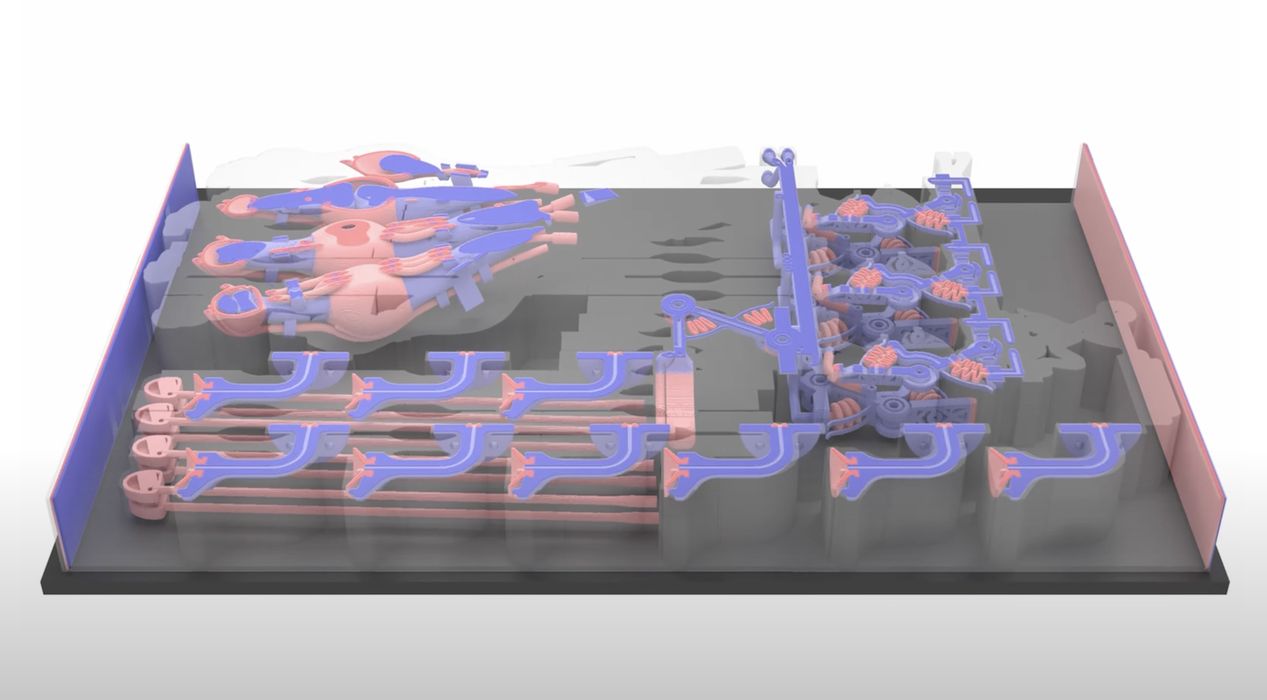
Engineers from MIT and ETH Zurich use computer vision to help adjust material deposition rates in real time.
Curing time is the Achilles’ heel of multimaterial 3D printing. Typically, a multimaterial 3D printer uses thousands of nozzles to deposit resins which are then smoothed with a scraper or roller before being cured with ultraviolet (UV) light. As a result, this process is constrained by how quickly the resins cure, limiting the types of materials that can be 3D printed.
Now, engineers from MIT, ETH Zurich and the start-up Inkbit have developed a new system that uses computer vision to monitor the printing process and adjust deposition rates to ensure material consistency across each layer of a build. Because the system replaces the need for smoothing or scraping, it can work with materials that cure more slowly than the acrylates most commonly used in 3D printing. These include thiol-based materials, which cure more slowly than acrylates but are also more elastic, more stable over a wider range of temperatures and don’t degrade as quickly when exposed to sunlight.
Moreover, the automatic adjustments make 3D printing on the new system faster than comparable production-grade systems that need to pause or slow down to adjust for curing times. How much faster? Approximately 660 times, according to the researchers.
The system itself involves four high-frame-rate cameras and two lasers that continuously scan the print surface. The computer vision system converts the scans and camera images into a high-resolution depth map, compares it to the CAD model of the part being printed, and adjusts the deposition rate accordingly.
“Geometrically, it can print almost anything you want made of multiple materials. There are almost no limitations in terms of what you can send to the printer, and what you get is truly functional and long-lasting,” said Robert Katzschmann, assistant professor of robotics at ETH Zurich, in a press release.
Using this method, the team has been able to 3D print complex robotic devices that combine soft and rigid materials, such as robotic grippers modelled on the human hand with artificial bones, ligaments and tendons.
“Our key insight here was to develop a machine-vision system and completely active feedback loop,” explained Wojciech Matusik, professor of electrical engineering and computer science at MIT. “This is almost like endowing a printer with a set of eyes and a brain, where the eyes observe what is being printed, and then the brain of the machine directs it as to what should be printed next.”
Read the rest of this story at ENGINEERING.com
